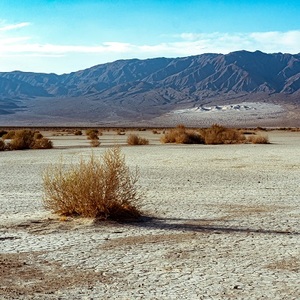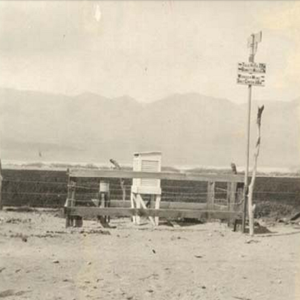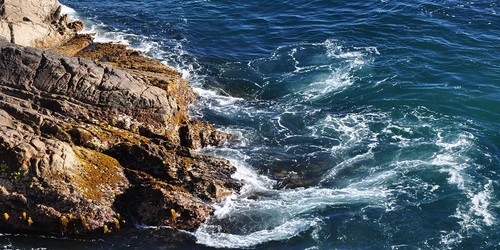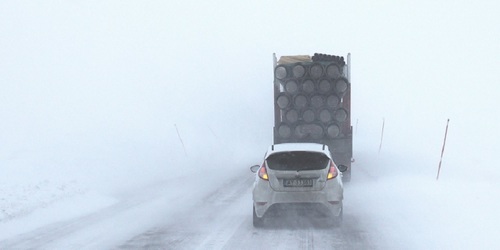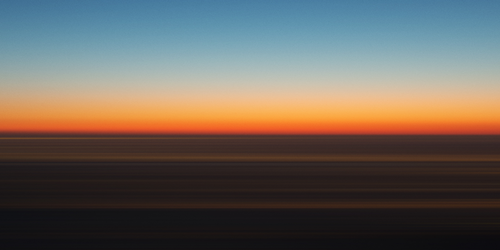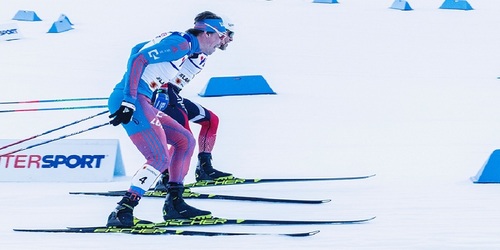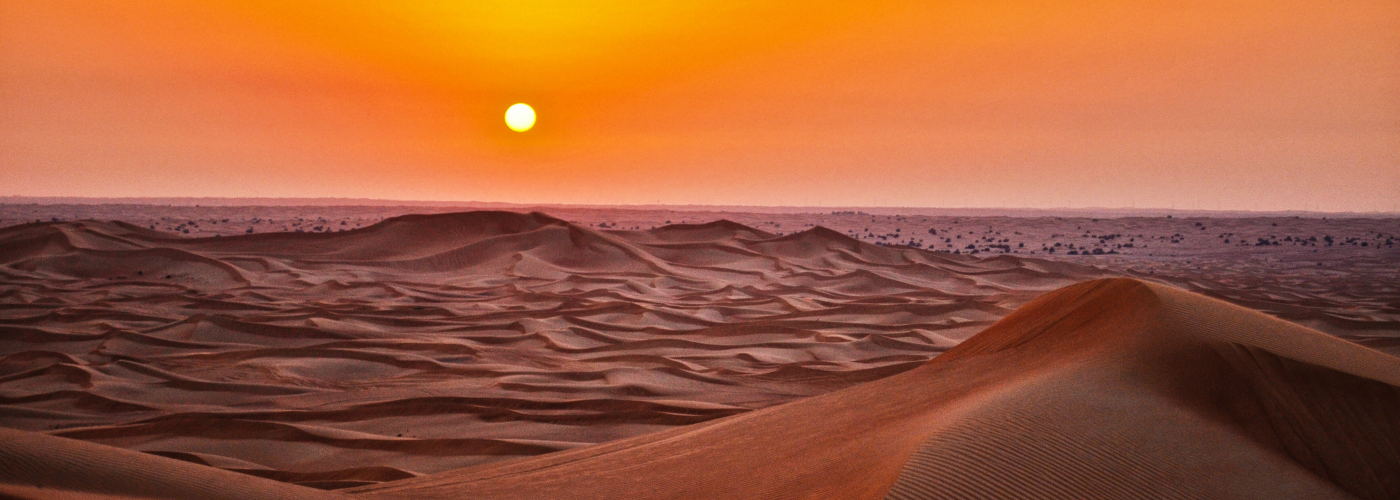

Based on the average temperatures over
the past 30 years, much of the United States, and indeed the Northern
Hemisphere, has now entered, or is close to entering, the hottest
time of the year. This was especially the case on July
10, 1913 when the temperature in the shade reached an astounding
134°F in Death Valley, CA. Until just a few years ago, the old world
record for the hottest shade temperature ever recorded was 136.4°F
measured at El Azizia, Libya on September 13, 1922. However, a
special panel of experts from the World Meteorological Organization
(WMO) Commission of Climatology have more recently deemed the Libya record invalid, recognizing the Death Valley all-time high as the
true world record.
The panel of experts from the WMO examined
the daily temperature records from El Azizia from 1922 and determined
that factors including an inexperienced weather observer, combined
with a replacement thermometer, called a Bellani-Six-style thermometer, which is both hard to read and prone to introducing
errors, led to the previous world record of 58°C (136.4°F), and
because of that, the Libya world record should be deemed
invalid.
Death Valley owes much of its record-hot temperatures
to the surrounding topography. As described in a previous article,
the mountains to the west of the valley squeeze out almost all of the
Pacific moisture such that Death Valley is also the driest place in
the United States. The long, narrow, below-sea-level valley,
surrounded by relatively steep mountains on either side, also serves
to reinforce the desert heat. The dry sand and salt flats on the
valley floor can heat up to 200°F on the hottest summer days. As
this heat rises and cools slightly, it gets trapped from rising
completely out of the valley by the surrounding mountains and sinks
again, warming even further due to compressional warming. Thus, Death
Valley's topography creates a local effect similar to a convection
oven.
